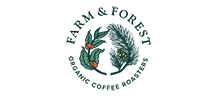From marsh to farm and back again: A wetland restoration story
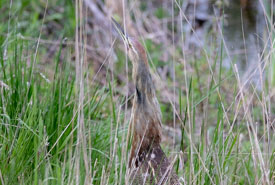
American bittern. Photo by Gen Pintel/NCC staff.
Home to many species of plants and animals, wetlands are diverse places. They are also incredibly important for flood mitigation, sediment and pollution filtration, and erosion control — yet over 80 per cent of southern Ontario's wetlands have been lost.
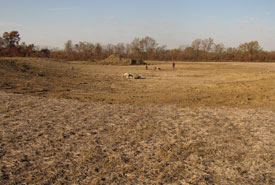
Florian Diamante Nature Reserve before wetland restoration. Photo by Jill Crosthwaite/NCC staff.
As you look around the Florian Diamante Nature Reserve here on Pelee Island, you will see that much of the surrounding landscape is farmland. It wasn’t always this way. Prior to European settlement, Pelee Island was a series of smaller islands connected by marshes. In the late 1800s, a series of canals was dug, and pumphouses were installed to drain the marsh for agriculture. Until 2020, the marsh that the wildlife viewing blind looks over was also farmed for soybeans. Historical maps from before the marsh was drained show the treeline to the east as the edge of the former marsh.
This field offered a great opportunity for the Nature Conservancy of Canada (NCC) to restore some of the wetland habitat that had been lost from the island. In 2018, we hired experts to draft a plan to create as much wetland as possible at this site. It included the construction of a 1.5-kilometre berm made from clay excavated from within the wetland basin to create a 24-hectare wetland. This would become the largest wetland restoration project completed by NCC in Ontario.
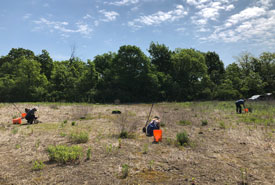
Conservation volunteers tree planting during the wetland restoration at Florian Diamante Nature Reserve. Photo by Jill Crosthwaite/NCC staff.
Because this was such a large project, we spent 2019 fundraising and planning. By 2020, we had raised the funds needed from a wide range of private, government and corporate donors, allowing us to begin construction in fall 2020. Construction took many months to complete. Old drainage tiles (a network of pipes laid under agricultural fields to help quickly drain water away) had to be broken and the berm carefully constructed. Topsoil was cleared from the berm footprint and a trench, or “key”, dug along its length. Clay subsoil was excavated from within the future wetland basin and packed into the key, then built up into a clay core and covered with topsoil. The key helps make the berm very strong and able to withstand the weight of the water in the wetland once it is full.
Once complete, the berm had to rest, settle and grow vegetation cover before the wetland could be allowed to fill. While rainfall is the only water source, part of the wetland design includes a water control structure built into the berm. This allows us to control the height of the water, so that the wetland doesn’t fill too quickly. It also gives us the option of draining some of the water in the future to create different types of habitat, such as mudflats for shorebirds.
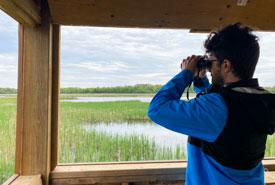
Inside the wildlife viewing blind at Florian Diamante Nature Reserve. Photo by Gen Pintel/NCC staff.
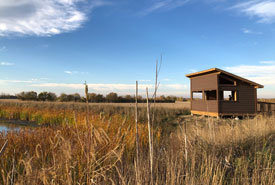
Wildlife viewing blind at the Florian Diamante Nature Reserve, ON. Photo by Jill Crosthwaite/NCC staff.
The berm and all of the surrounding upland areas were planted with native species that were collected by hand on Pelee Island. We were careful to only source our seed locally, as there may be genetic differences between plants found on the island and the mainland. We also enlisted the help of a local nursery to give some of our seeds a head start by growing them into seedlings to be later planted by volunteers.
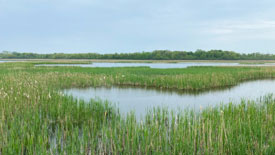
Florian Diamante Nature Reserve wetland on Pelee Island, ON. Photo by Gen Pintel/NCC staff.
As a final step, we wanted to welcome visitors to this special place. In early 2023, construction of the viewing blind was completed. We also created a trail around the outside of the wetland to connect the viewing blind with an existing trail. It took us five years from the start of planning to the completion of this project, and the work doesn’t stop there! We will continue to maintain the berm, viewing blind and trail, while also monitoring for invasive species, like invasive phragmites. We hope you will return to see this site grow and change over the years.





Wilson and Judith Rodger



